| Structure | Name/CAS No. | Articles |
|---|---|---|
 |
Fluo-3
CAS:123632-39-3 |
|
 |
L-cysteine
CAS:52-90-4 |
|
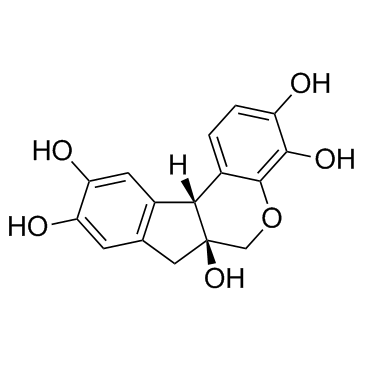 |
Hematoxylin
CAS:517-28-2 |
|
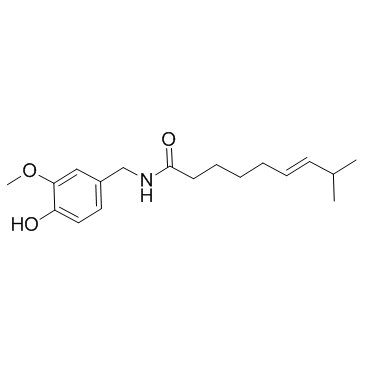 |
capsaicin
CAS:404-86-4 |
|
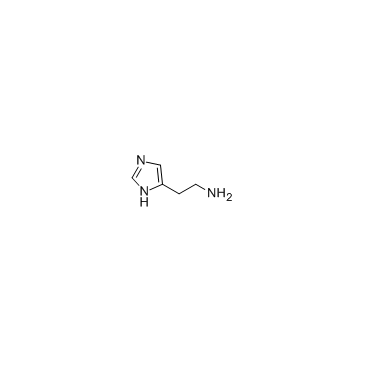 |
Histamine
CAS:51-45-6 |
|
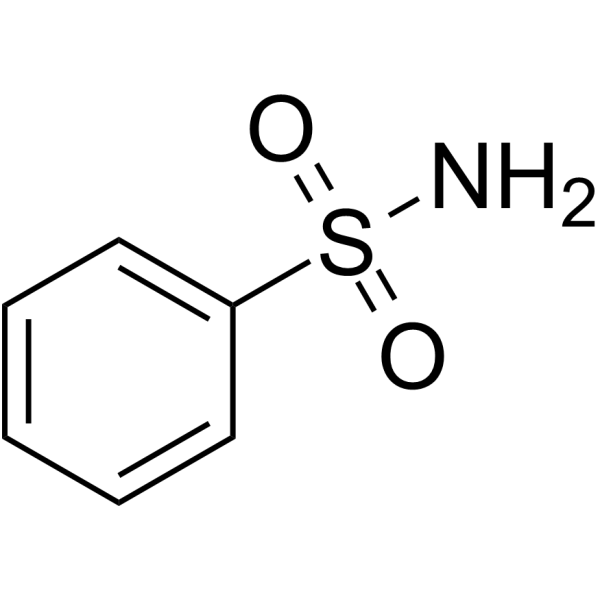 |
Benzenesulfonamide
CAS:98-10-2 |
|
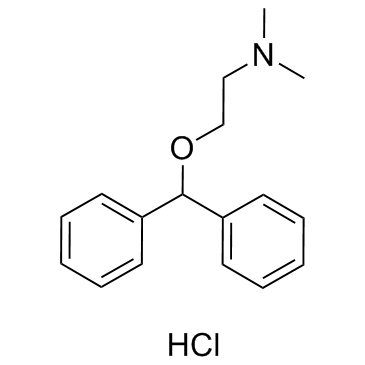 |
Diphenhydramine Hydrochloride
CAS:147-24-0 |
|
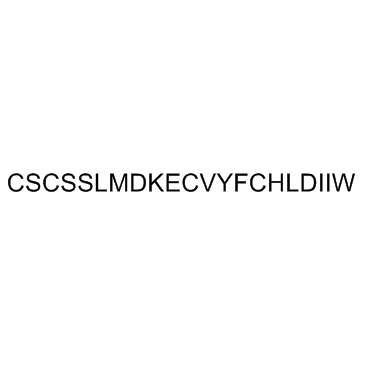 |
Endothelin-1 (human, bovine, dog, mouse, porcine, rat) acetate salt
CAS:117399-94-7 |
|
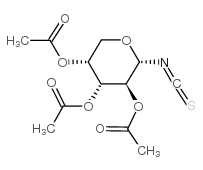 |
2,3,4-tri-o-acetyl-alpha-d-arabinopyranosyl isothiocyanate
CAS:62414-75-9 |